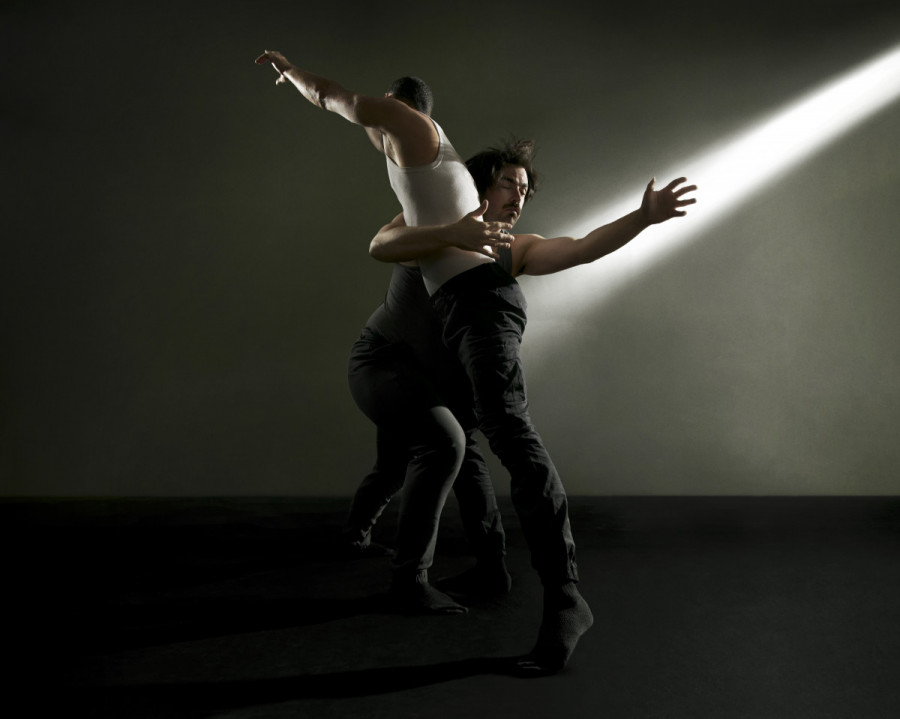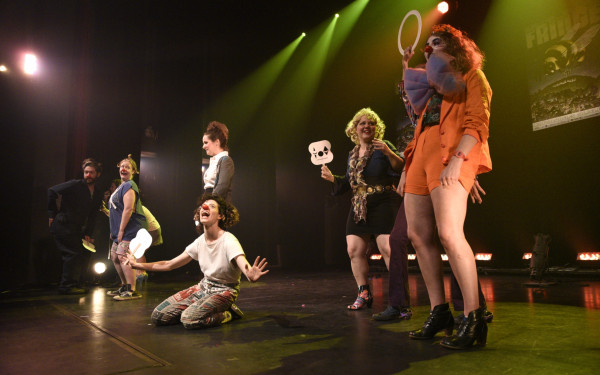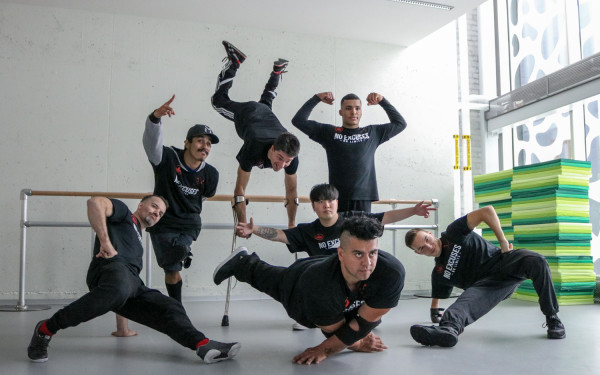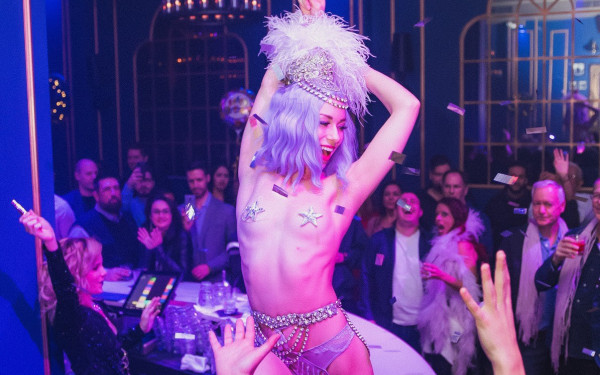Choreographers tell a story of connection through traditional Quebecois dance
An interview with the artists behind ‘Accolades et quiproquos’
This March, live arts presenter Tangente Danse, a major contributor in contemporary dance, is presenting Accolades et quiproquos. The one-hour performance by Montreal-based choreographers Ian Yaworski and Phillipe Meunier is being described by Tangente as “teetering between a dance show and a live documentary.”
Accolades et quiproquos will be live-streamed on March 13 at 7:30 p.m. and will be available as a pre-recorded webcast from March 15-21. Tickets to the performance are available to be through their website and Facebook events page. Yaworski and Meunier sat down with The Link to discuss their fantastical piece of virtually presented dance. Their answers have been edited for brevity.
Could you give an explanation of what Accolades et quiproquos is about and what the audience can expect?
Well, first as dancers and creators, we are working with the Quebec traditional gigue, which is a traditional step dance, often performed solo in front of a group of people. So that’s the base of all the creations that we do together. We use that just as material, and then we continue to create a contemporary gigue and contemporary dance with it. The end, or the final product, doesn’t necessarily see the gigue or hear it, but it’s there. [The gigue] is the basic material used for the creation.
The show Accolades et quiproquos is about negotiation, and how two people can achieve a creation together. How they make choices, how they impose their choices, and how they are able to see when to take a step back and let the other take the front of the stage. They want to observe what is happening and then react to that. There is a lot of improv in this show because for us, creating is also about putting ourselves in danger. So it was important to us to create a structure to the piece, but still have space to improvise, to challenge each other. We’ve been a couple for over ten years, so we know a lot of the time how the other person will react, so this space is really being used to challenge each other. The show at its core is really about two people in the negotiation of the creative process.
“The show ‘Accolades et quiproquos’ is about negotiation, and how two people can achieve a creation together. How they make choices, how they impose their choices, and how they are able to see when to take a step back and let the other take the front of the stage.” — Ian Yaworski and Phillipe Meunier
How did you negotiate how this performance would work during COVID-19?
First of all, when we thought about this project, it was a group piece. Originally, there were eight dancers. When COVID hit us, it was really a shock because we didn’t know if the show was even going to happen.
All of the dance residences were cancelled or moved, but at the same time, our entire group of collaborators was 13 people. We were so upset because there were so many people losing their jobs because of this. Everyone that gave us grants allowed us to still create a show for two people. That way we could save the jobs of the collaborators—because they didn’t have any other jobs at the time. So yes, this duet is Ian and me, but it’s also Katrine, and Sebastian, and Jeneta. It’s everybody.
When you know the people who have worked with us, you can really see sections of themselves within the show. That was our biggest desire. It wasn’t possible to work with those people at the time within the studios. During every residency we could only have five people, so we had to learn distantly. It was pretty hard, and tough on the group because we didn’t know what was going to happen, and actually at first, we were completely against the idea of doing something online, but finally, we decided that’s what everyone is doing, so why not? We have to just embrace it and do it because it’s only once in a lifetime. Accolades et quiproquos is a long-term process, and we had the most beautiful creation time, strangely, but everybody was really sensitive to all aspects. It was a very authentic process, not to a final installment, but a new step. Hopefully, the next step would be to have everybody on stage, but yes, it’s definitely not the final step of this process.
What would you like your audience to get out of this show?
I hope they have as much fun as we did creating this. Although, that’s going to be pretty difficult. Since the beginning, we have been so bored thinking about all the shows that will come out of COVID that have to do with isolation or all of the things people have had to leave during COVID, you know? We really wanted to not talk about it at all—all of the pieces we’ve created are about the contact between people—and now that’s not possible so we’re doing it because we still want some form of contact to happen. It’s not a big deal. It’s not about the fact that I’m touching him but about how can we react? How can we deal with that?
If our audience could just think about something else, something that doesn’t connect them to the reality of the ongoing situation, that would be a good thing. We just hope people have fun, have a good time, and don’t feel like they have to understand the story. You just need to follow two people that meet onstage. We want to take our audience somewhere unknown, where they don’t need to have answers. Try to switch off your brain during the one hour. You can view this show with different layers of thinking and ask questions like “what are they doing” or “who are they together.” But really, there are no definitive answers. This show is intelligent and super stupid. There’s a lot of ways to see it but we encourage you to just watch and enjoy it.


_600_832_s.png)




